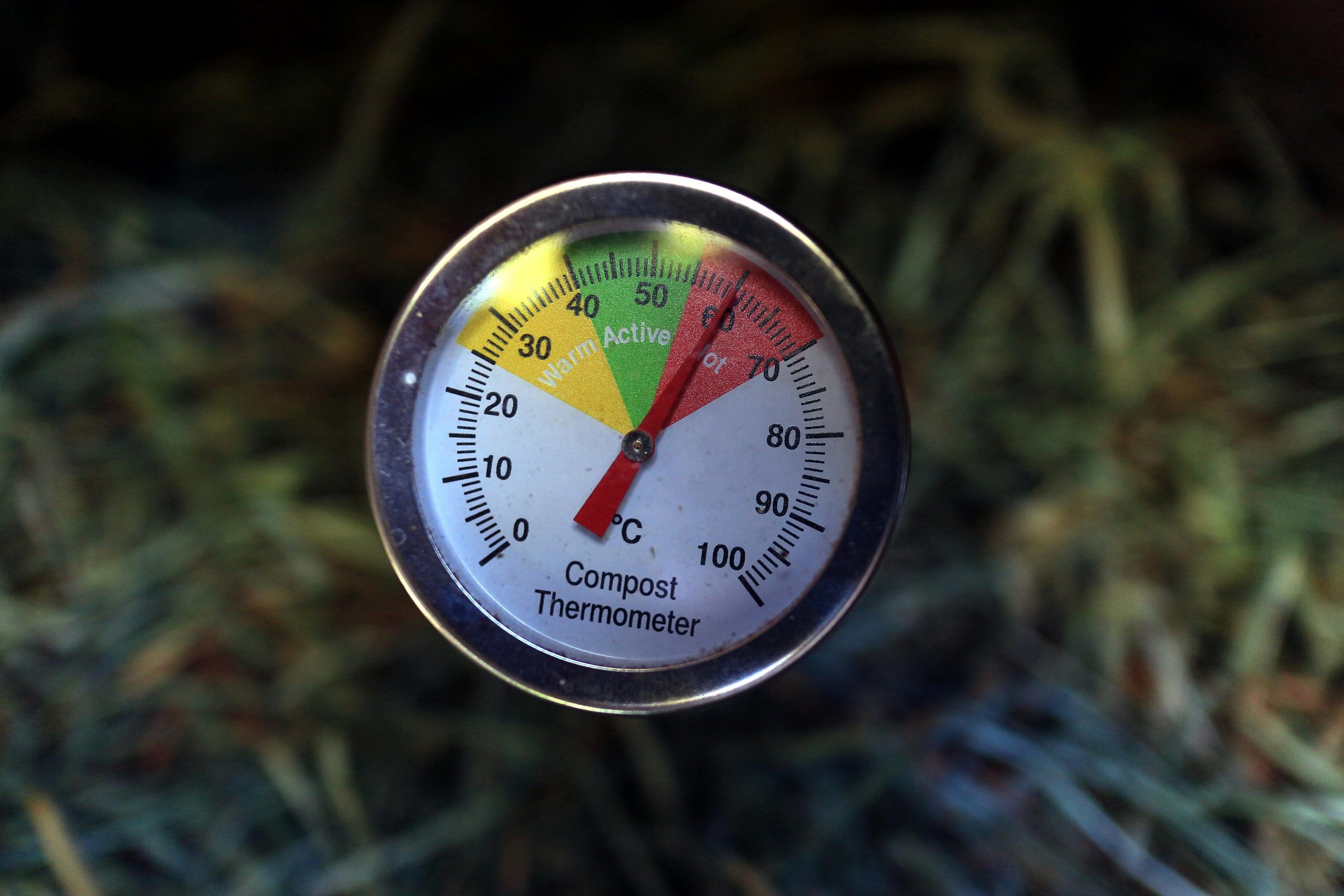Agriculture plays a crucial role in global carbon emissions, contributing nearly 10-12% of total greenhouse gases. However, sustainable farming practices can significantly reduce this footprint while maintaining productivity. By adopting eco-friendly techniques, farmers can mitigate climate change, improve soil health, and enhance long-term yields. Here are some effective ways to minimize carbon emissions in agriculture.
1. Implement Regenerative Farming Practices
Regenerative agriculture focuses on restoring soil health, increasing biodiversity, and sequestering carbon. Key practices include:
- Cover Cropping: Planting cover crops like clover or rye prevents soil erosion, improves water retention, and captures carbon from the atmosphere.
- No-Till Farming: Reducing tillage minimizes soil disturbance, preserving organic matter and reducing CO2 emissions from exposed soil.
- Crop Rotation: Alternating crops enhances soil fertility, reduces pest pressure, and lowers the need for synthetic fertilizers.
These methods not only reduce carbon emissions but also improve farm resilience against extreme weather conditions.
2. Optimize Fertilizer Use
Synthetic fertilizers are a major source of nitrous oxide, a potent greenhouse gas. To minimize their environmental impact:
- Use Organic Fertilizers: Compost, manure, and biochar release nutrients slowly and improve soil carbon storage.
- Precision Agriculture: GPS-guided equipment and soil testing ensure fertilizers are applied only where needed, reducing waste.
- Legume Intercropping: Planting nitrogen-fixing crops like beans reduces dependency on synthetic nitrogen fertilizers.
By optimizing fertilizer use, farmers can cut emissions while maintaining crop yields.
3. Adopt Agroforestry and Silvopasture
Integrating trees into farming systems helps sequester carbon while providing additional benefits:
- Agroforestry: Planting trees alongside crops enhances biodiversity, reduces soil erosion, and captures atmospheric carbon.
- Silvopasture: Combining trees with livestock grazing improves animal welfare, provides shade, and stores carbon in both vegetation and soil.
These systems create a more sustainable and climate-resilient agricultural landscape.
4. Reduce Methane Emissions from Livestock
Livestock farming is a significant methane emitter, but sustainable practices can help:
- Improved Feed: Adding seaweed or tannin-rich forage to cattle diets can reduce methane production by up to 30%.
- Manure Management: Anaerobic digesters convert manure into biogas, reducing methane emissions while generating renewable energy.
- Rotational Grazing: Moving livestock frequently prevents overgrazing, promotes grass regrowth, and enhances carbon sequestration.
These strategies make livestock farming more sustainable without compromising productivity.
5. Utilize Renewable Energy in Farming Operations
Fossil fuel-dependent machinery and irrigation systems contribute to agriculture’s carbon footprint. Switching to renewable energy sources can make a big difference:
- Solar-Powered Irrigation: Solar panels can power water pumps, reducing reliance on diesel generators.
- Wind Energy: Small wind turbines can supplement energy needs for farm operations.
- Bioenergy: Crop residues and animal waste can be converted into biofuels for farm equipment.
Renewable energy reduces operational costs and lowers greenhouse gas emissions.
Conclusion
Reducing the carbon footprint in agriculture is essential for combating climate change and ensuring food security. By adopting regenerative farming, optimizing fertilizer use, integrating agroforestry, managing livestock emissions, and utilizing renewable energy, farmers can create a more sustainable future. These practices not only benefit the environment but also improve farm profitability and resilience. Every step toward sustainable farming brings us closer to a healthier planet.
